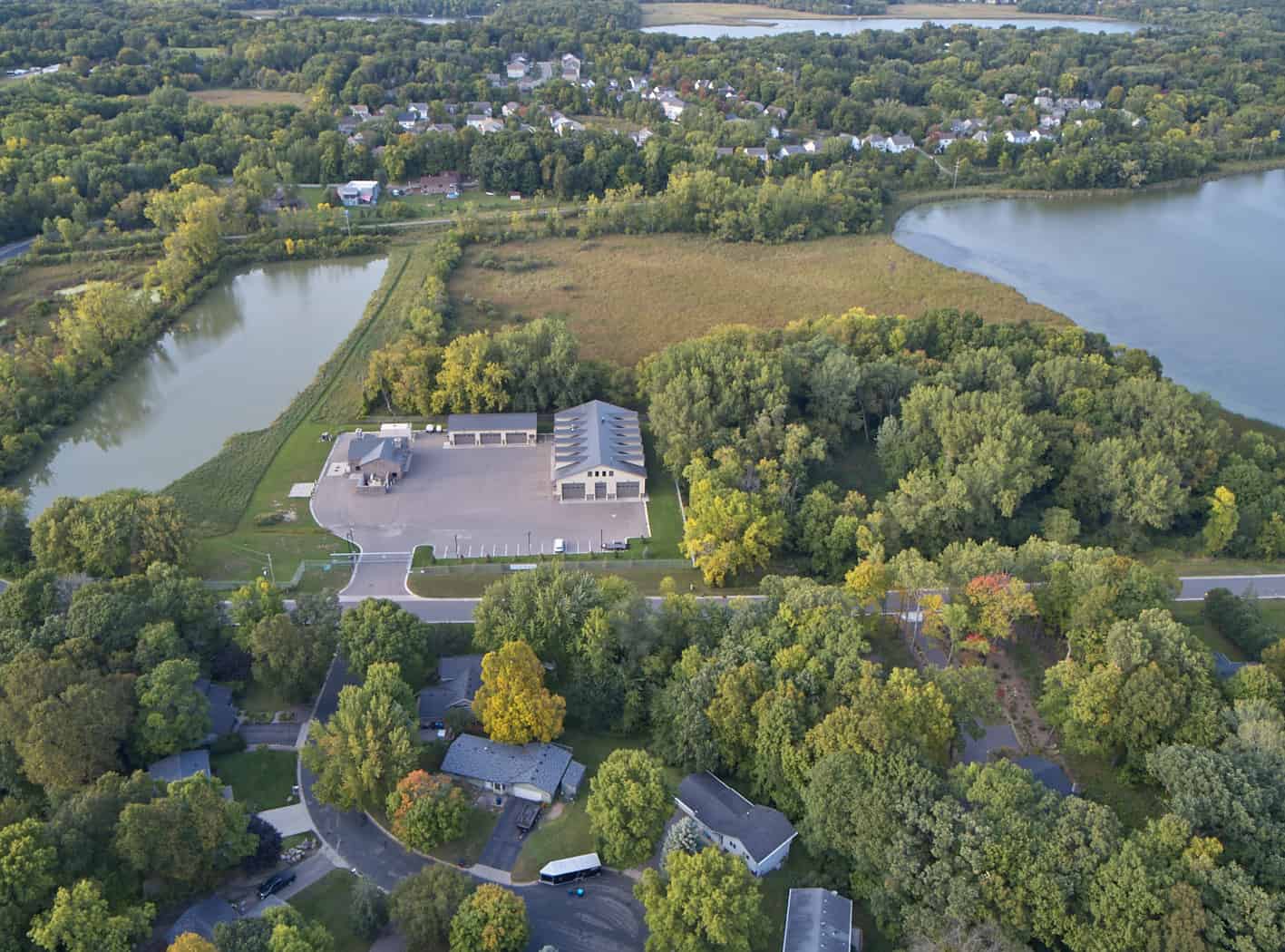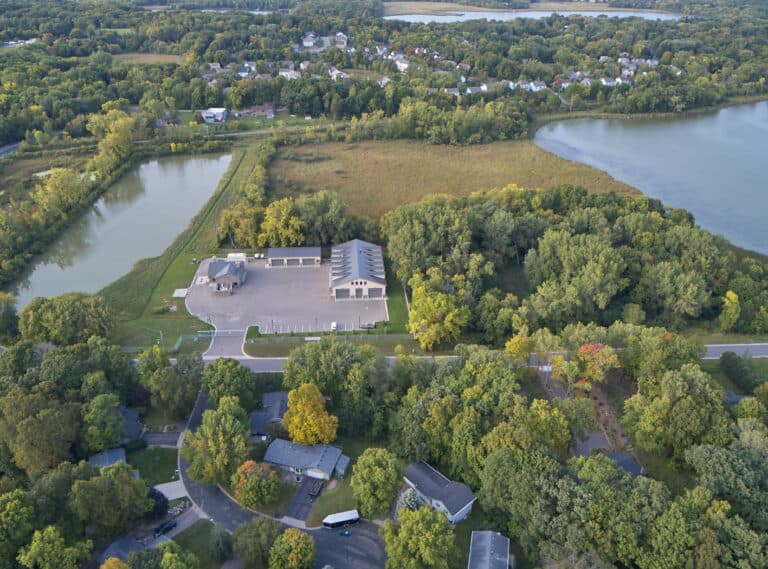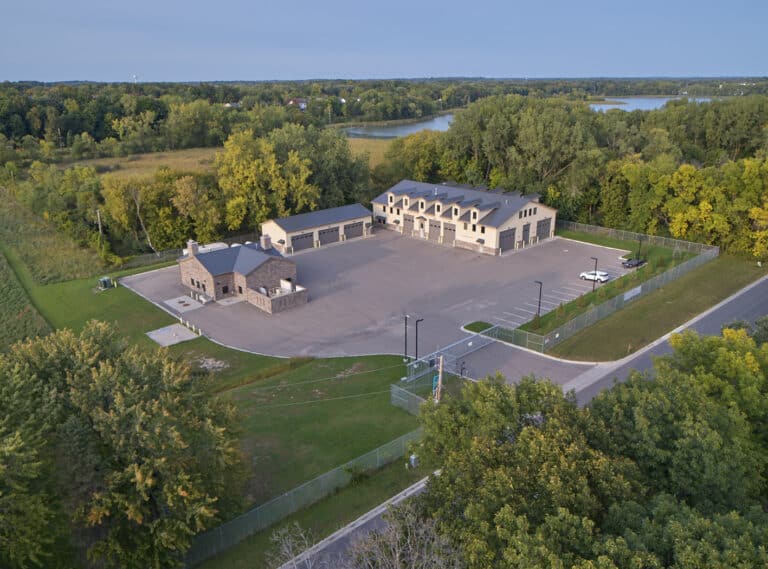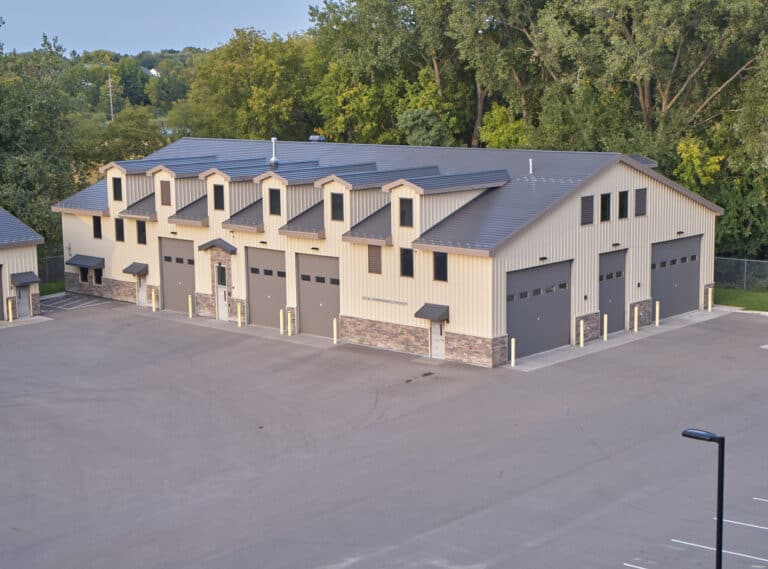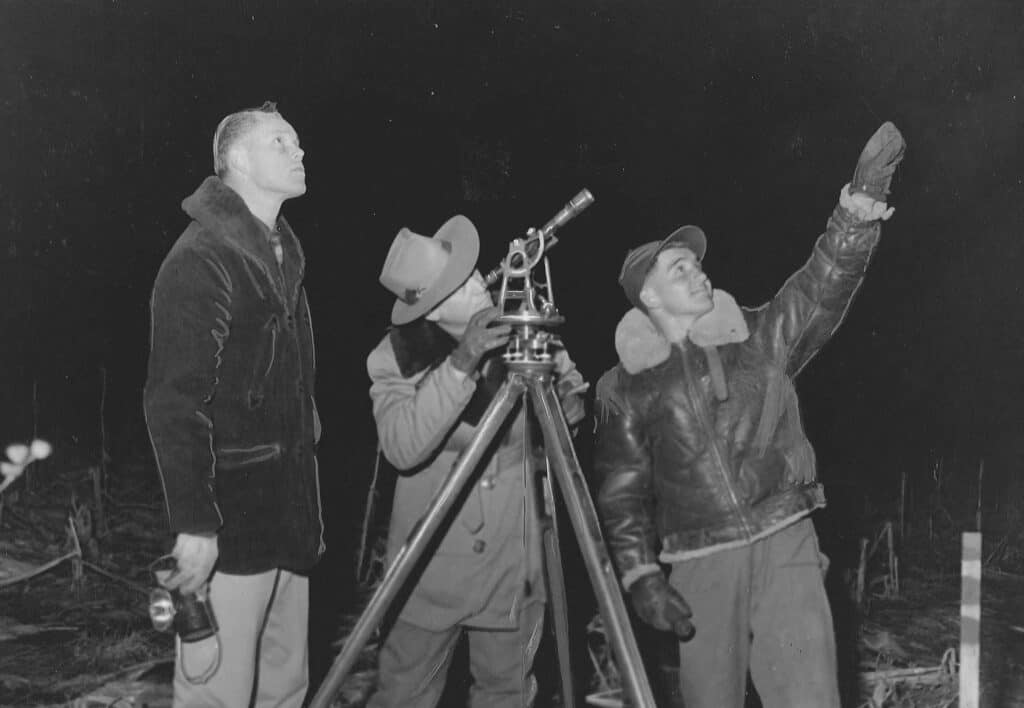Wastewater treatment operations at the Mound WWTP ceased many years ago, but the facility was left intact and has been used as a lift station and a base for MCES operations and maintenance personnel in the western Twin Cities suburbs. HR Green provided preliminary design, final design, and certain construction phase services for the demolition of the former WWTP, construction of a new West Maintenance Facility (WMF); construction of a new L38 lift station; and a new gravity interceptor.
For the first phase of the project, HR Green prepared contract documents for demolition of the former WWTP tankage and removal of contaminated sediments from an associated wastewater treatment pond. Prior to demolition of the tankage, the Owner performed an asbestos survey and asbestos remediation. This avoided asbestos-related complications during the demolition process. The former treatment pond contained low levels of metals contamination from historic metal plating wastewater flows. HR Green sampled and characterized these sediments and determined that they could be disposed of at a sanitary landfill. This saved substantial cost compared to the option of disposing of this material at a hazardous waste landfill. HR Green also conducted a pilot test of sediment removal operations, using a conventional tracked excavator. This was done to verify that conventional construction equipment could be used to remove the contaminated pond sediments which reduced the risk of change order claims during actual construction. When the construction contract was awarded, the sediment removal was performed without incident and ahead of schedule by the construction contractor.
Because the site was limited by surrounding wetland areas, significant permitting effort related to wetland impacts questions was required. HR Green minimized wetland impacts and mitigation by demonstrating that portions of the former treatment pond were historically not wetland; thus, the filling of those portions did not require wetland mitigation. The project site is also located in an area containing Native American burial mounds. HR Green retained an archaeological consultant to perform a site investigation, including shovel testing. This demonstrated to the satisfaction of the Corps of Engineers and the State Historic Preservation Officer that no cultural resources were present in the planned demolition/construction area.
The demolition of the old facility had to be done in phases, to allow construction of the new lift station and maintenance facility while maintaining the operation of the existing lift station. The first phase of the demolition and sediment removal was completed ahead of schedule and under budget.
Through careful construction sequencing and demolition, a new lift station (L38), a new WMF and a storage building were constructed. L38 has a current capacity of 7.5 MGD with an ultimate capacity of 12 MGD. This lift station is a dry well/wet well configuration that includes 4 pumps, an influent grinder, bar screen, Bioxide odor control, Carbon odor control, and backup generator. The campus continues to be the base for operations on the west side of the Twin Cities metro area. The new WMF includes men’s and women’s locker rooms, restrooms, offices, break room, plan room, truck wash bay, multiple truck maintenance bays, and storage mezzanine.
The final phase included construction of the gravity interceptor (6-MO-650), which replaced an existing gravity interceptor that was too shallow and nearing the end of its service life. The new interceptor extends from an existing temporary lift station L25 to the campus where the new L38 and WMF are located. The interceptor construction included several tunneled segments to avoid impacts on nearby residents; a segment on piles through an area of very deep organic soils; and a reach through a former treatment pond. The segment of 6-MO-650 between L25 and L38 replaced approximately 6,000 ft. of 24 in. pipe with 36 in. and 60 in. interceptor pipe.
